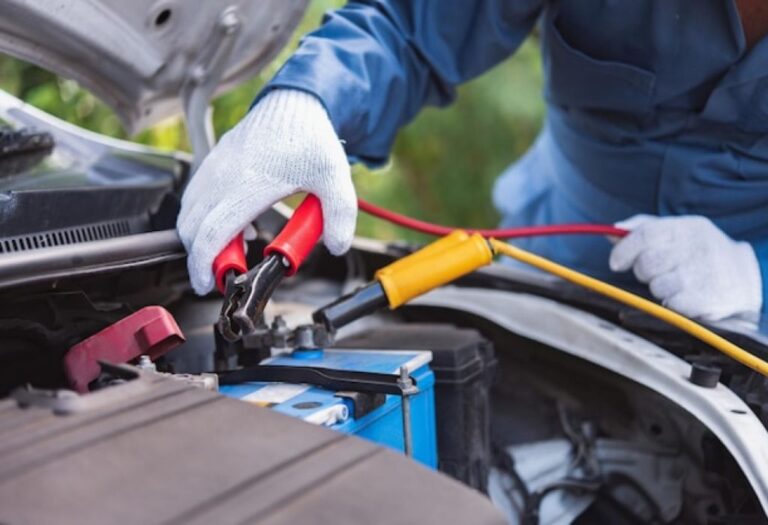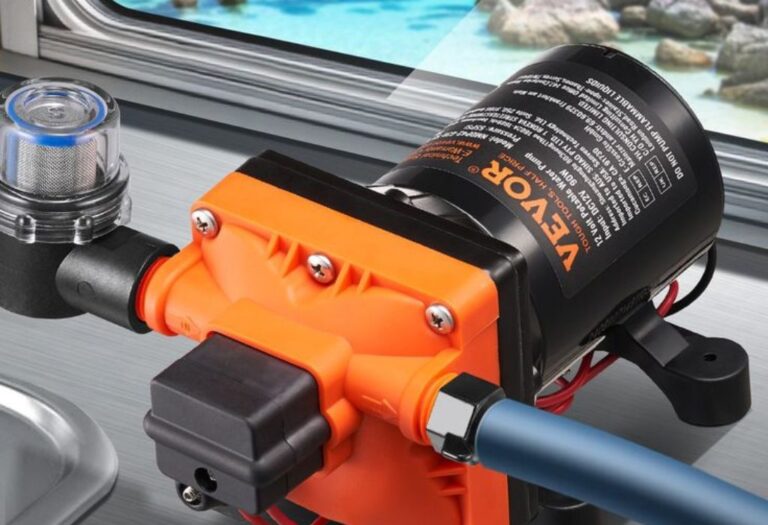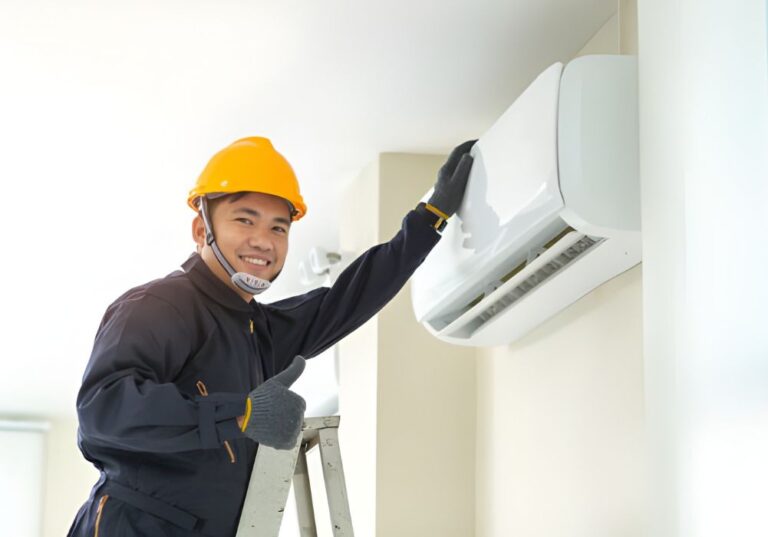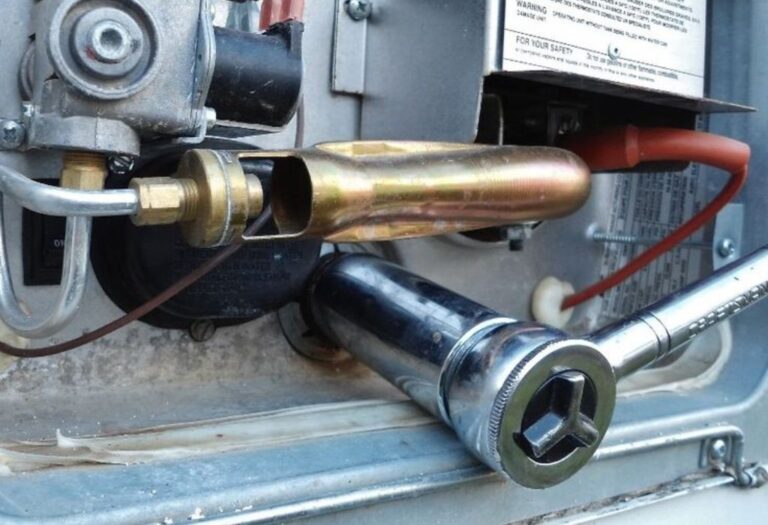How Often Should You Sanitize Your RV Water System? Guide
You pour a glass of water from your RV faucet and notice a strange taste, odor, or cloudy appearance. Even when using municipal water, your RV water system can develop bacteria, algae, or slime if left unchecked.
Regularly sanitizing your RV water system is essential for health and comfort, ensuring safe drinking water and preventing unpleasant odors or contamination in hoses, tanks, and faucets. For most RVers, a key question is: “How often should you sanitize your RV water system?”
In this guide, we’ll explain the signs that your system needs cleaning, recommended sanitization frequency, step-by-step methods, and tips for safe maintenance. Following these instructions will help you enjoy fresh, clean water during every trip, whether you’re traveling for a weekend or living on the road full-time.
Signs Your RV Water System Needs Sanitization
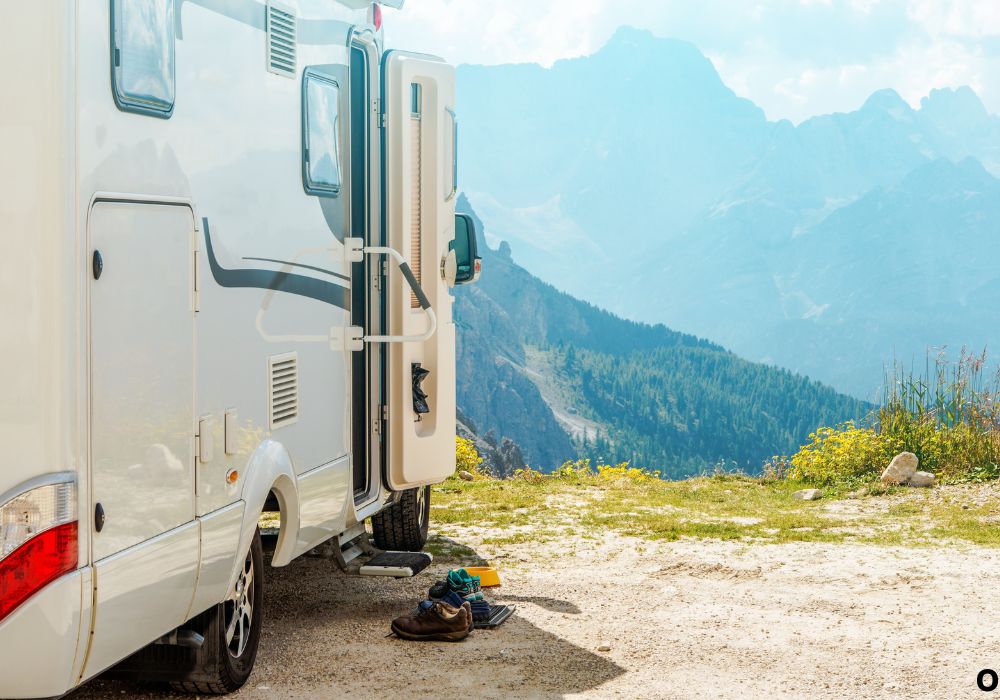
Even if you regularly use the water system, certain signs indicate it’s time for a thorough sanitization:
- Strange taste or odor: A bleachy, metallic, or chemical smell may indicate bacterial growth.
- Cloudy or discolored water: Sediment or algae can form in tanks over time.
- Visible slime or algae: Accumulation inside hoses, faucets, or tank openings.
- Extended storage: Systems that sit unused for months are prime spots for bacteria.
Noticing any of these signs should prompt an immediate cleaning to prevent contamination and maintain safe drinking water.
How RV Water Becomes Contaminated
RV water systems can become contaminated in several ways:
- Standing water: Unused water in tanks or hoses allows bacteria to multiply.
- Non-potable sources: Filling from questionable sources increases the risk of contamination.
- Cross-contamination: Dirty hoses, fittings, or dirty tanks can introduce microbes.
- Warm temperatures: Heat accelerates bacterial and algae growth in the tank.
Understanding how contamination occurs emphasizes the importance of routine sanitization and preventive maintenance.
Recommended Sanitizing Frequency
For most RVers, the following guidelines help keep water safe:
- Routine use: Sanitize every 3–6 months depending on usage and water quality.
- Long-term storage or winterization: Always sanitize before and after storing the RV for extended periods.
- After non-potable water use: Sanitization is necessary if water is sourced from lakes, wells, or questionable fill stations.
- Hot climates or heavy usage: Consider increasing frequency to maintain hygiene and prevent odors.
These intervals ensure safe drinking water and help maintain your RV plumbing system.
Common Sanitizing Methods
Several methods are effective for RV water system sanitization:
- Household bleach method: A safe and widely used method; 1/4 cup of unscented bleach per 15 gallons of water is recommended.
- Hydrogen peroxide method: A gentle alternative that disinfects without the strong odor of bleach.
- Commercial RV sanitizing solutions: Pre-measured, ready-to-use chemicals designed for RV systems.
- Differences in effectiveness: Bleach is inexpensive and highly effective; hydrogen peroxide is mild; commercial solutions are convenient and safe.
Regardless of the method, ensure correct concentration and contact time to maximize disinfecting power.
Step-by-Step Guide to Sanitizing Your RV Water System
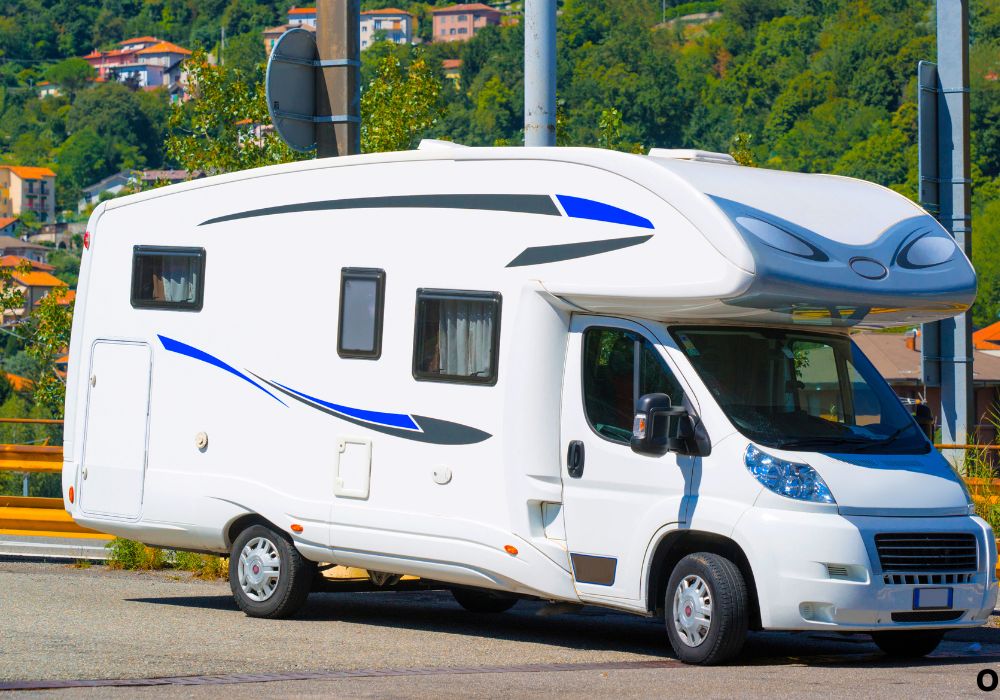
Step 1: Drain and Flush
- Drain all water from the freshwater tank.
- Open faucets to release any remaining water in the system.
Step 2: Prepare Sanitizer Solution
- Mix the bleach or commercial sanitizer according to tank capacity.
- Typically, 1/4 cup unscented bleach per 15 gallons of tank water.
Step 3: Add Sanitizer to Tank
- Pour the solution into the freshwater tank.
- Pump water through all faucets, showers, and the toilet to fill the system completely.
Step 4: Let Sanitizer Sit (Soak)
- Allow the sanitizer to remain in the system for at least 4–6 hours.
- For heavily contaminated systems or long-term storage, soak up to 8–12 hours.
- Avoid using hot water during this time and ensure proper ventilation.
Step 5: Flush the System
- Drain the tank completely.
- Refill with fresh water and run through all faucets.
- Repeat flushing until the water taste is neutral.
Step 6: Inspect and Test
- Check for any lingering odor or taste.
- Confirm that all faucets and fixtures are operating normally.
How Long to Let Sanitizer Sit in the RV Water System
The soaking time is critical for effective sanitization:
- 4–6 hours: Sufficient for routine cleaning and light bacterial buildup.
- 8–12 hours: Recommended for systems unused for months or heavy contamination.
- Safety precautions: Keep water cold or lukewarm, wear gloves, and avoid mixing with other chemicals.
Longer soak times improve bacterial removal but excessive time may leave a mild sanitizer taste that can be flushed out.
Safety Tips When Sanitizing
- Personal protection: Gloves and eye protection prevent irritation.
- Avoid chemical mixing: Never mix bleach with vinegar or ammonia.
- Proper ventilation: Ensure fumes do not accumulate in enclosed spaces.
- Correct disposal: Rinse wastewater appropriately to avoid environmental impact.
Following these precautions keeps you safe and ensures the sanitization process is effective.
Common Mistakes to Avoid
- Skipping sanitization after storage.
- Leaving sanitizer in the system too briefly or excessively long.
- Inadequate flushing leading to residual taste or odor.
- Using incorrect sanitizer concentrations.
- Neglecting hoses, fittings, or faucets during the process.
Avoiding these mistakes ensures safe, clean water and prevents damage to your RV plumbing.
Frequently Asked Questions (FAQs)
How often should you sanitize your RV water system?
Generally, every 3–6 months for routine use. Increase frequency after storage, long trips, or use of non-potable water.
Can I leave sanitizer in my system overnight?
Yes, for heavy contamination or long-term storage. Ensure proper flushing afterward to remove taste.
What sanitizer should I use?
Unscented household bleach is common. Hydrogen peroxide or commercial RV sanitizers are safe alternatives.
How do I know if my system needs sanitizing?
Noticeable odor, taste, cloudy water, or slime in tanks and hoses indicates immediate cleaning is needed.
Does warm weather affect sanitization frequency?
Yes, higher temperatures accelerate bacterial growth, so sanitizing more frequently in summer is recommended.
Can I use hot water while sanitizer is in the system?
No. Keep water cold or lukewarm during the soak to avoid safety hazards and ineffective cleaning.
How many times should I flush after sanitizing?
Flush until the water tastes neutral and there is no lingering sanitizer odor; usually 2–3 full tank flushes suffice.
Is sanitization necessary if I use only bottled water?
Yes, bacteria can still grow in tanks and hoses over time, even with clean fill water.
Can I sanitize my water system while boondocking?
Yes, as long as you have sufficient water for flushing afterward and follow proper dilution guidelines.
What happens if I skip sanitization?
Bacteria and algae can build up, causing bad taste, odors, potential illness, and damage to your plumbing system.
Conclusion: Maintain a Safe and Clean RV Water System
Sanitizing your RV water system regularly is essential for clean, safe water and proper plumbing function. Following the recommended 3–6 month interval, and increasing frequency for storage, high temperatures, or non-potable water usage, ensures a healthy water supply.
Using proper sanitizer, correct soak times (4–12 hours), and thorough flushing guarantees that your RV water remains safe for drinking, cooking, and bathing. Consistent maintenance protects your system, prevents contamination, and provides peace of mind on every adventure.
I’m David R. Coleman, the founder, lead writer, and lifelong tool enthusiast behind GarageToolPro.com. With years of experience in automotive repair, woodworking, and home DIY projects, I created this platform to share practical tips, detailed tool reviews, and step-by-step guides that help mechanics, hobbyists, and homeowners get the job done right the first time.

